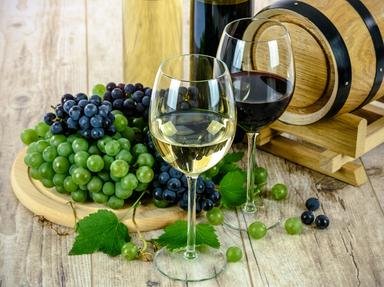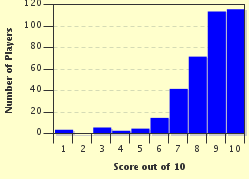Quiz Answer Key and Fun Facts
1. Wine tasting can be hampered if you eat certain foods before tasting. Which of the following would be the best to eat before tasting wine?
2. Taste is the most important sense involved in wine tasting, but another sense is just as essential. You should probably refrain from tasting if you ___________.
3. Now you've entered the winery and have been given a list of wines available for tasting. Many tasters progress from dry wines to sweet wines or from lightest to heaviest. What is another order, especially used at dinner, that tasters can use?
4. After you have selected your first wine and the server has poured it, you look at the color. Which of the following is not one of the main classifications of wine color?
5. Next, you take the glass by the stem or the base and swirl it. What is the MAIN reason for swirling?
6. Now comes the actual tasting. What is something that you can do after taking a sip that will enhance the taste?
7. After sipping water or eating a wafer to clear the wine from your mouth, you move on to the next one on your list. Tasting it, you feel a dry, puckery sensation in your mouth. What substances cause this sensation?
8. Your next wine does not feel dry at all--it is soft, not acetic, and goes down easily. Which of these words would you NOT use to describe this wine?
9. One of the last wines on the list is ice wine. What is so special about this dessert wine?
10. In professional wine tasting circles, tasters use the terms "taste" and "drink" interchangeably.
Source: Author
Caseena
This quiz was reviewed by FunTrivia editor
WesleyCrusher before going online.
Any errors found in FunTrivia content are routinely corrected through our feedback system.

